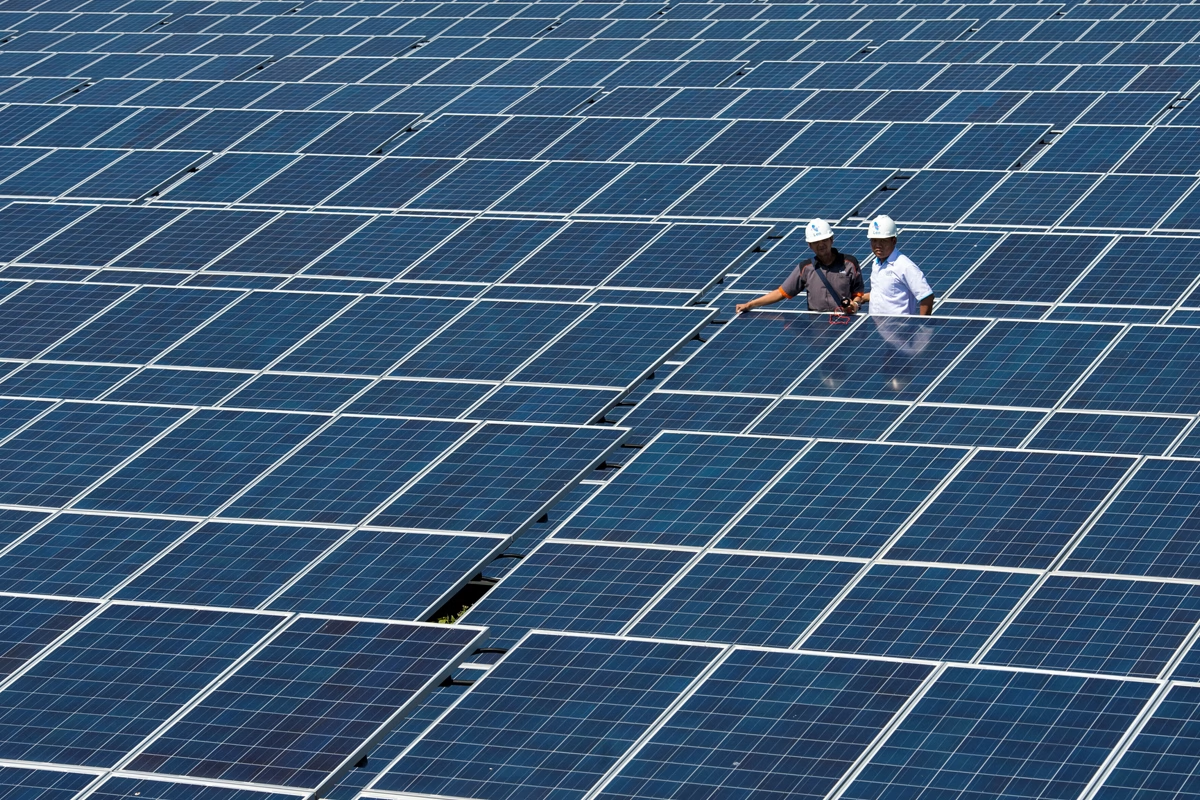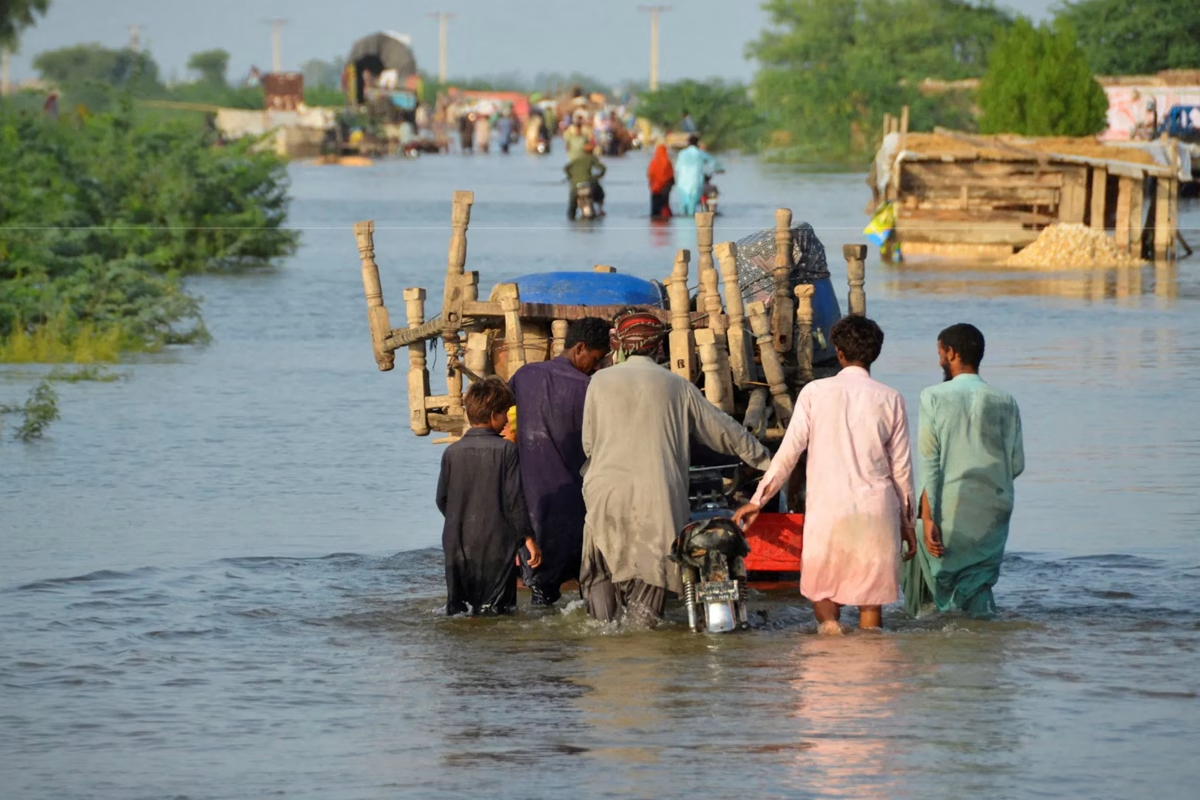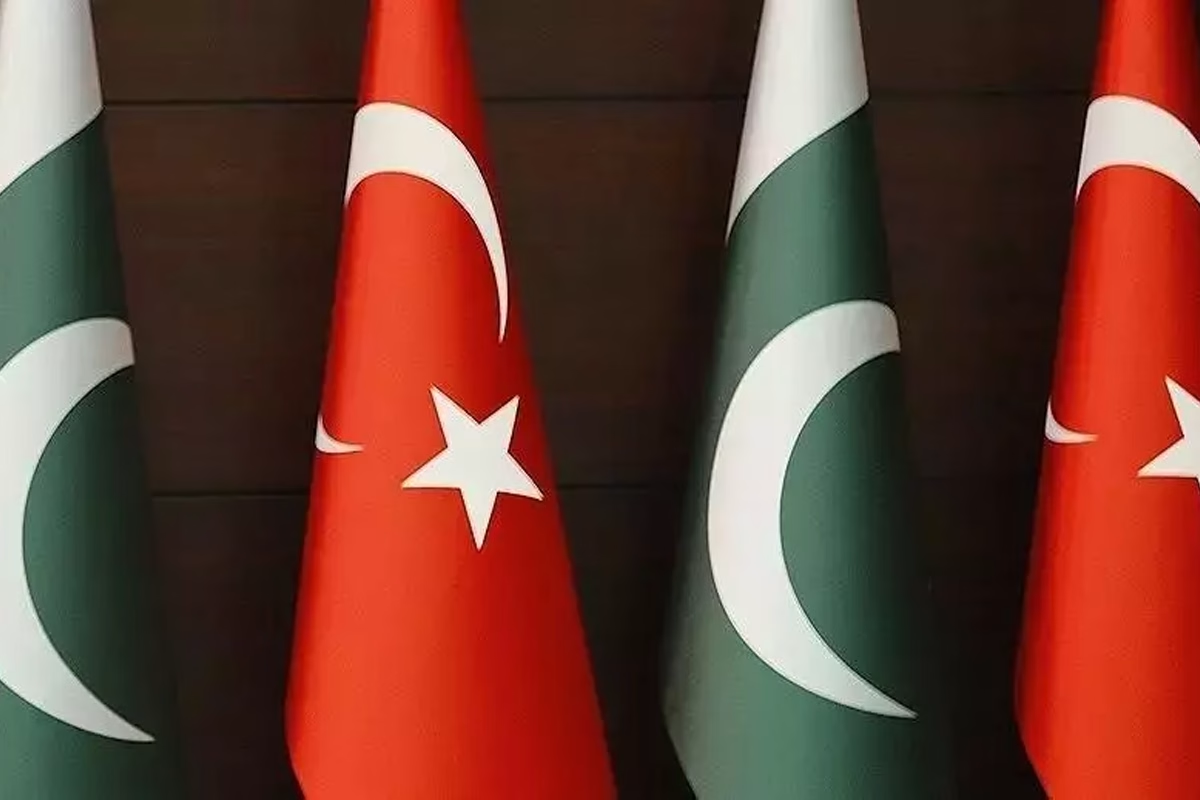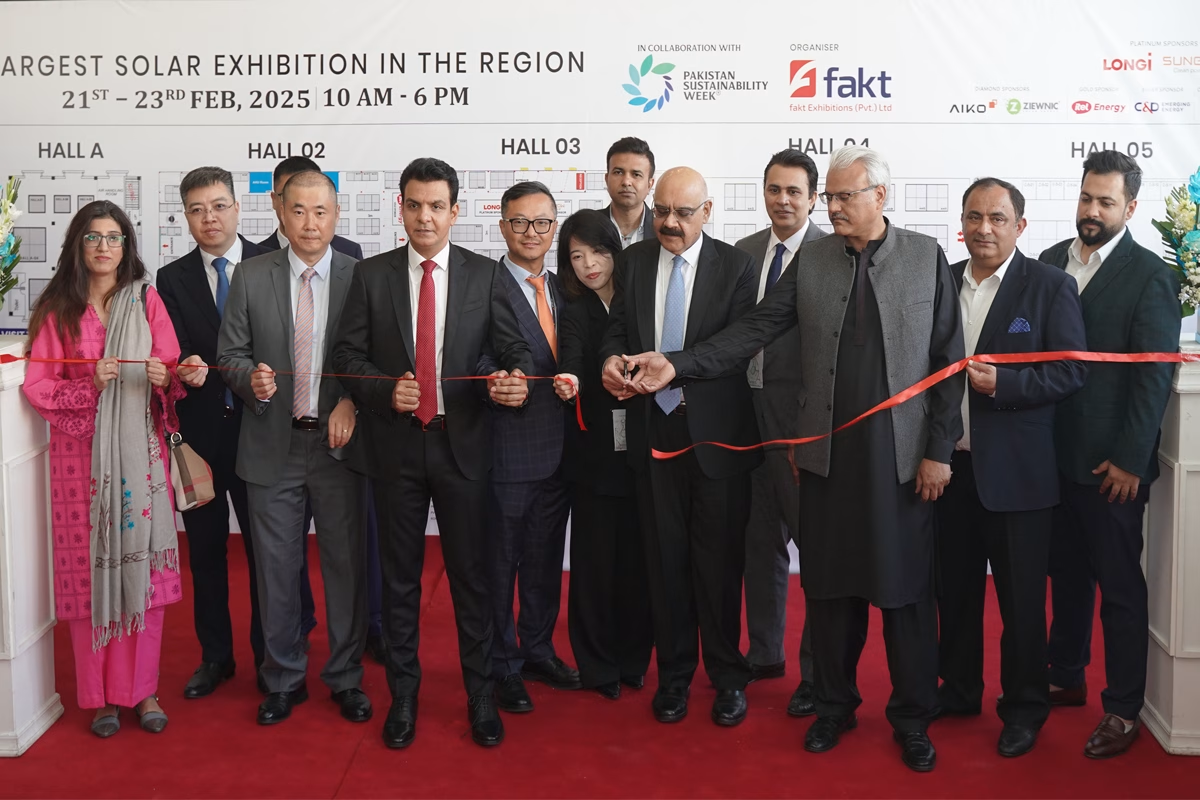
Portugal, Pakistan Explore Cooperation in Energy, Education and Cultural Exchange
November 26, 2025
Malaysia to Develop $6 Billion Renewable Energy Corridor
November 26, 2025Rooftop solar generation in Pakistan is expected to exceed daytime electricity demand on parts of the national grid for the first time next year, particularly in major industrial hubs, a senior government official told Reuters.
The projection follows an unprecedented boom in solar installations that has helped cut emissions and lower bills for many consumers but has also weakened the financial position of heavily indebted power utilities as grid-based demand continues to fall.
“Pakistan will see negative grid-linked demand during certain daytime hours as behind-the-meter solar completely offsets power drawn from the grid,” said Aisha Moriani, Secretary of the Ministry of Climate Change, speaking on the sidelines of the COP30 climate summit in Brazil.
Although regions in Europe and Australia occasionally experience negative electricity prices due to excess solar supply, Pakistan would be among the first major emerging markets where rooftop solar could surpass grid demand across major areas for extended periods. Negative demand is most likely in Lahore—where solar adoption is highest—followed by Faisalabad and Sialkot, she added.
Frequent power outages and rising tariffs have accelerated solar uptake among Pakistan’s 250 million people, making the country the world’s third-largest importer of solar panels. Solar’s contribution to national power generation has now overtaken that of neighbouring China.
Moriani said negative-demand periods will become more common during bright summer afternoons, industrial off-days, and moderate weather conditions that boost solar output. “The challenge is not renewable growth—it’s how quickly the grid, regulatory framework, and market design can adapt,” she noted.
Pakistan plans to introduce revised tariffs for large solar consumers and restructure fees to ensure businesses with rooftop systems contribute fairly to grid maintenance costs.
Grid-based electricity demand is expected to rise 3–4% this year, slower than long-term trends. Demand could grow faster next year, though higher solar adoption may again curb consumption, she said.
The surge in solar has also influenced Pakistan’s LNG strategy, prompting the country to seek renegotiations with top supplier Qatar and cancel shipments from Italy’s Eni. Pakistan is now aiming for lower prices, more flexible delivery schedules, and potentially fewer cargoes.
While no formal talks were held with Qatar at COP30, Moriani said the conference created “diplomatic space for engagement with energy ministers and commercial representatives.”
“The goal is to align Pakistan’s gas import strategy with fiscal constraints, demand forecasts, and seasonal needs,” she said. “Pakistan wants affordability and stability—not deeper dependence on LNG.”




